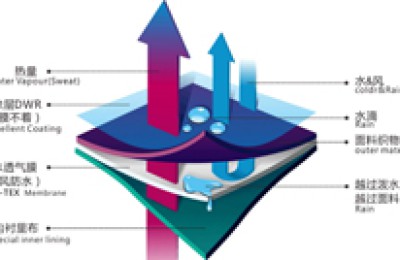Today (June 1), China’s Minister of Commerce Gao Hucheng and South Korea’s Minister of Trade, Industry and Energy Yun Sang-jik officially signed the “Free Trade Agreement between the Government of the People’s Republic of China and the Government of the Republic of Korea” in Seoul, South Korea, on behalf of the two governments respectively.
The China-South Korea Free Trade Agreement is the free trade agreement with the widest range of topics and the largest national trade volume that my country has signed so far. It is a mutually beneficial and win-win agreement for China and South Korea, realizing “interests” The goal is to be generally balanced, comprehensive and high-level.
According to the agreement, in terms of openness level, the liberalization ratio of both sides’ goods trade exceeds 90% of tax items and 85% of trade volume. The scope of the agreement covers 17 areas including trade in goods, trade in services, investment and rules, and includes “21st century economic and trade issues” such as e-commerce, competition policy, government procurement, and environment. At the same time, the two sides promised to continue to carry out service trade negotiations in the negative list mode after the agreement is signed and takes effect, and to conduct investment negotiations based on pre-establishment national treatment and the negative list mode. (CCTV reporter Liu Ying and Xu Ningning)
The impact on tariffs after the signing of the China-South Korea Free Trade Agreement
Question: According to the arrangements reached in the China-South Korea Free Trade Agreement, more than 90% of the tax items of products with zero tariffs between China and South Korea will reach more than 90%. What are the remaining less than 10% of products from China and South Korea that have not achieved zero tariffs?
Answer: China and South Korea each have some highly sensitive products. After repeated and in-depth consultations, the two parties finally properly resolved the issue of highly sensitive products while ensuring a general balance of interests. Judging from the tax reduction arrangements between the two parties, China’s highly sensitive products are mainly mid-to-high-end products in the manufacturing fields such as automobiles, machinery, chemicals, steel, and electronics, while South Korea’s highly sensitive products are mainly concentrated in agriculture, water, textiles, automobiles, and other fields. .
Major Events in China-ROK Free Trade Agreement Negotiations
The China-South Korea Free Trade Agreement was officially launched in May 2012. After two years of arduous negotiations, it was substantially concluded in November 2014. On June 1, 2015, the two parties formally signed the agreement in Seoul, South Korea.




